January 2022 Newsletter – Greater Bay Area Local Lowdown


Quick Take:
Note: You can find the charts/graphs for the Local Lowdown at the end of this section.
After single-family home prices appreciated significantly in the first half of 2021, it makes sense that prices would decline in the third and fourth quarters. North and East Bay prices experienced the most substantial decrease in the second half of the year, although all regions declined. However, as inventory continues to decline, as is typical in the winter season, prices will likely increase.
Condo prices declined less significantly in the second half, and San Francisco condos increased to a record high in November. This is the first new high we’ve seen in over a year in San Francisco. The pandemic hit demand for condos hard, but price and sales indicate that demand is back. Although the price appreciation wasn’t as pronounced for condos as it was for single-family homes, we expect price appreciation to slow as we move through the winter months, a seasonal norm.
Despite the slight increase in single-family home inventory in the first half of 2021, the sustained high demand and lack of new listings in the second half brought single-family home and condo supply to near historic lows. Once again, we are seeing that far more people want to live in the Greater Bay Area than want to leave. Sales in the Bay Area have been incredibly high, especially when accounting for available inventory, again highlighting demand. Sellers can expect multiple offers, and buyers should come with competitive offers.
Homes are still selling extremely quickly. The Days on Market reflects the high demand for homes in the Greater Bay Area. Buyers must put in competitive offers above the list price of the home.
Months of Supply Inventory (MSI) quantifies the supply/demand relationship by measuring how many months it would take for all current homes for sale on the market to sell at the current rate of sales. The average MSI is three months in California, which indicates a balanced market. An MSI lower than three indicates that there are more buyers than sellers on the market (meaning it’s a sellers’ market), while a higher MSI indicates there are more sellers than buyers (meaning it’s a buyers’ market). MSI in the Greater Bay Area is historically low for single-family homes and condos, indicating a strong sellers’ market.
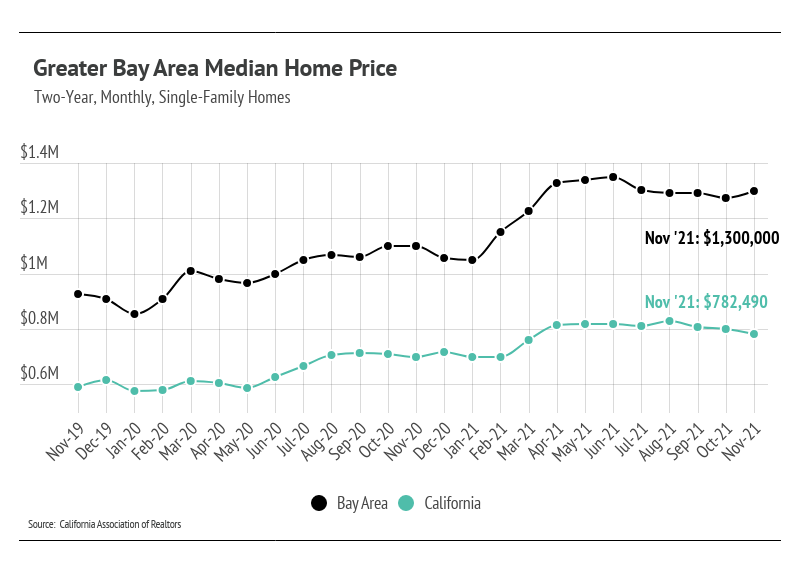
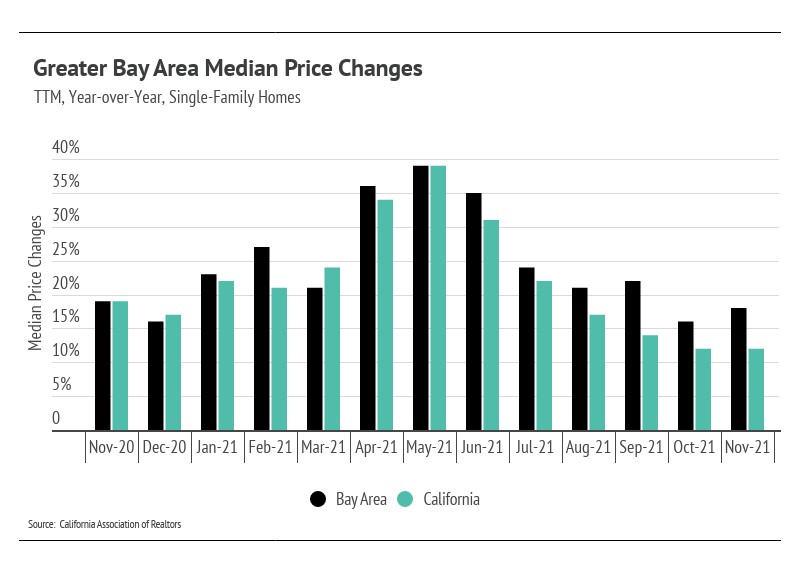
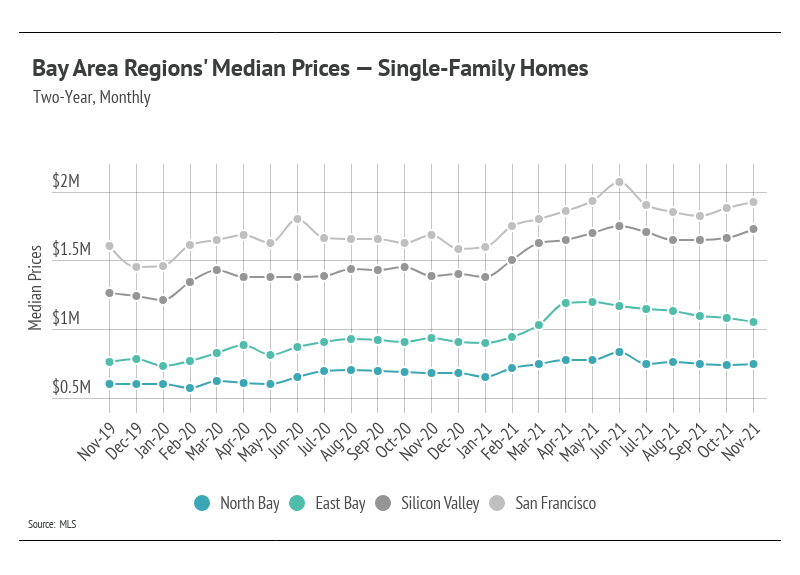
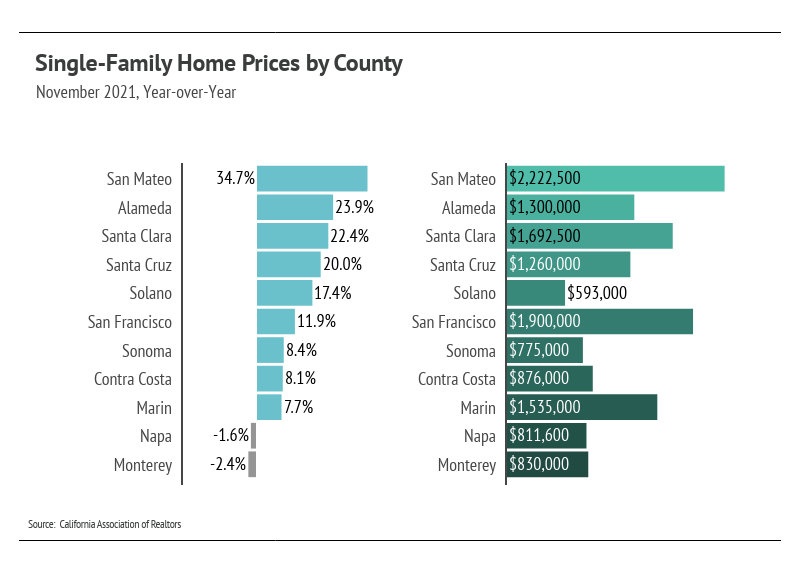

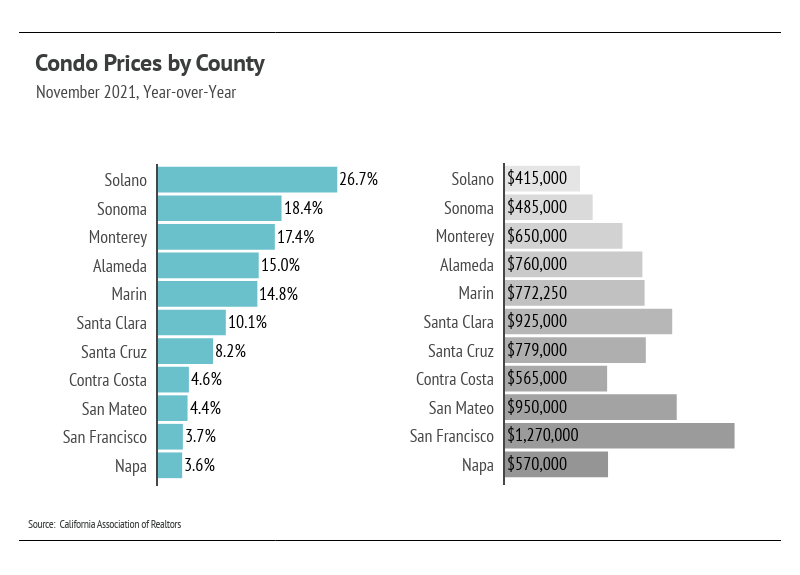
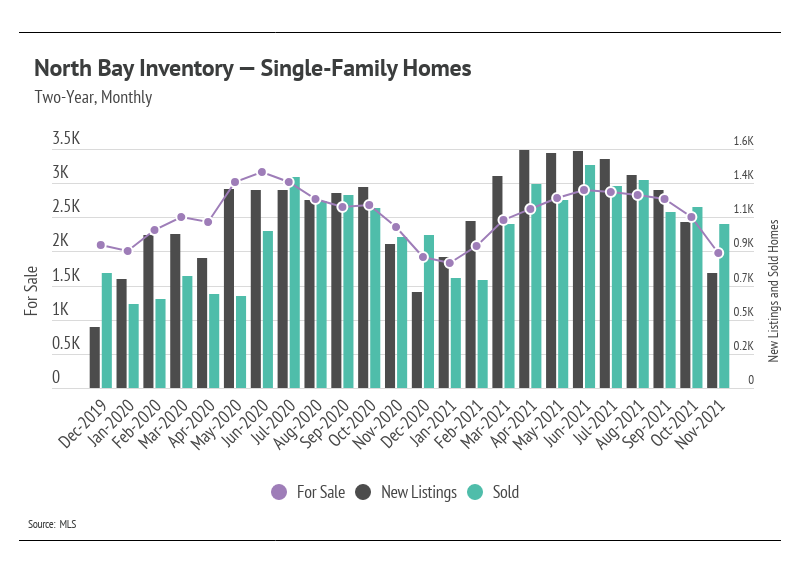
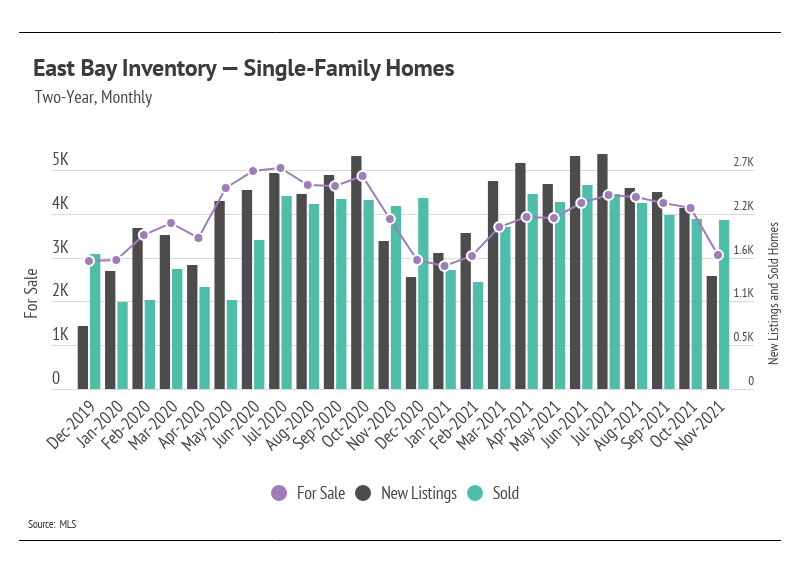
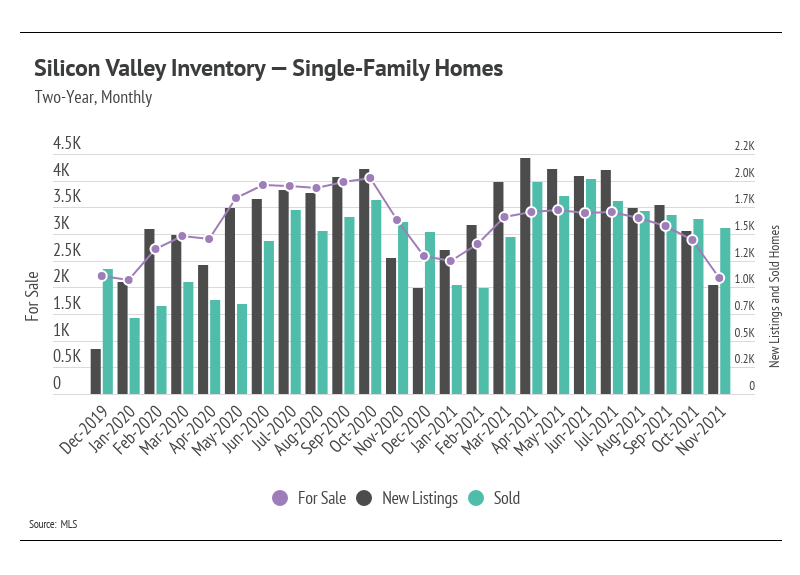
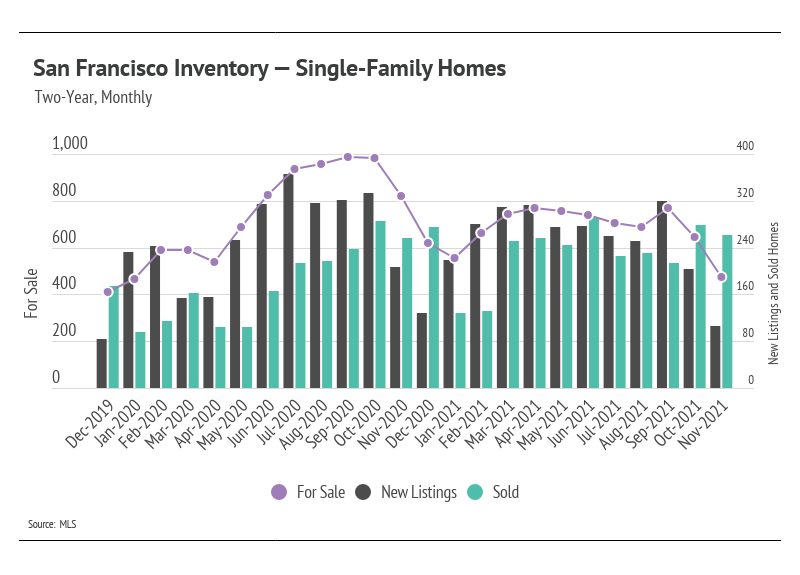
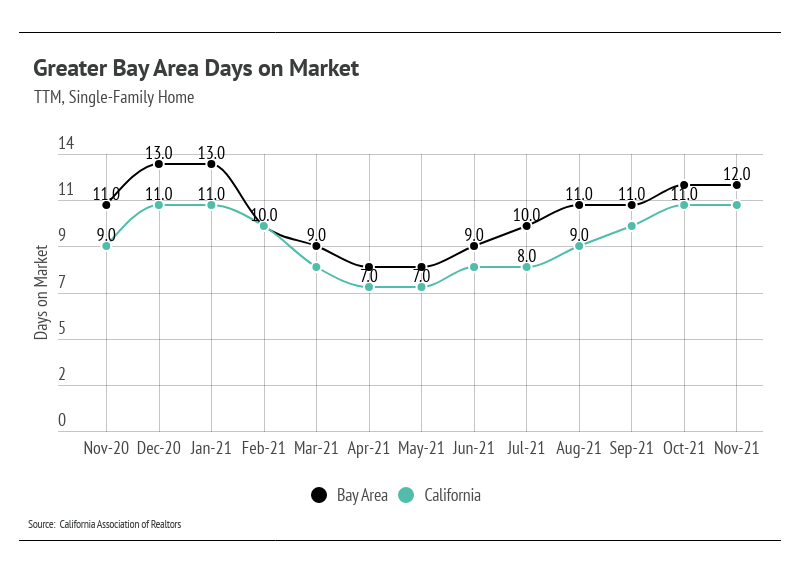
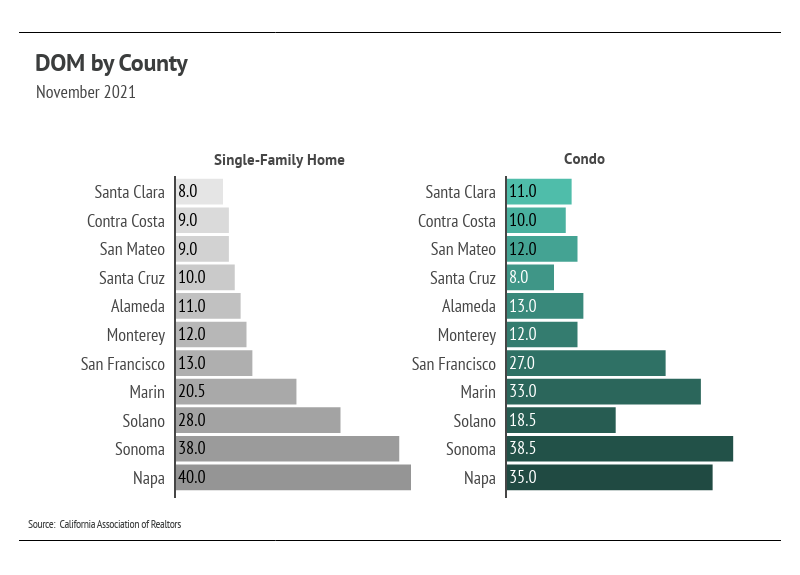
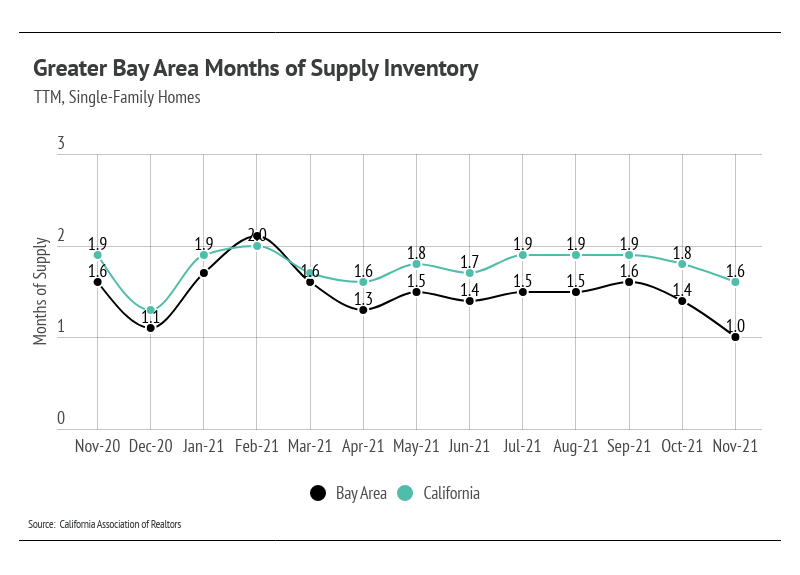
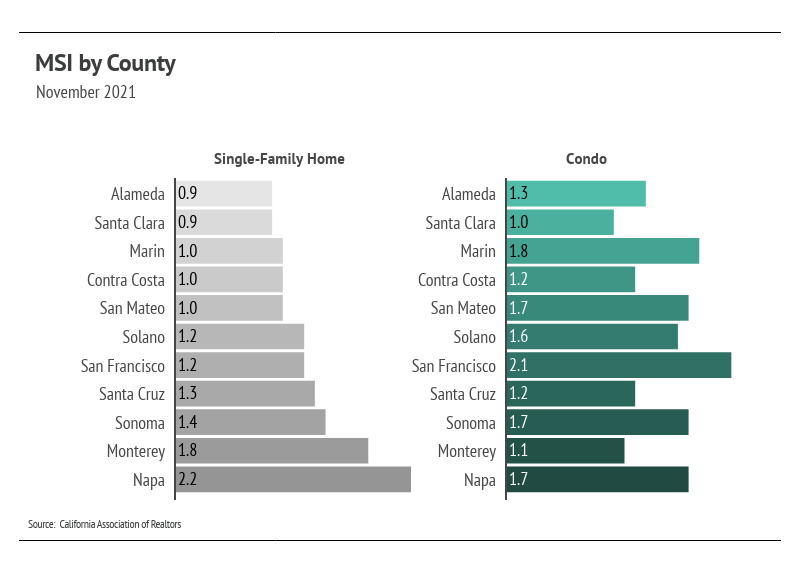
Our team is committed to continuing to serve all your real estate needs while incorporating safety protocol to protect all of our loved ones.
In addition, as your local real estate experts, we feel it’s our duty to give you, our valued client, all the information you need to better understand our local real estate market. Whether you’re buying or selling, we want to make sure you have the best, most pertinent information, so we put together this monthly analysis breaking down specifics about the market.
As we all navigate this together, please don’t hesitate to reach out to us with any questions or concerns. We’re here to support you.
Stay up to date on the latest real estate trends.

HAYLEN was selected for its culturally aligned, people-first advisory approach, supporting the Nikkei-rooted organization through a values-driven real estate transition





You’ve got questions and we can’t wait to answer them.